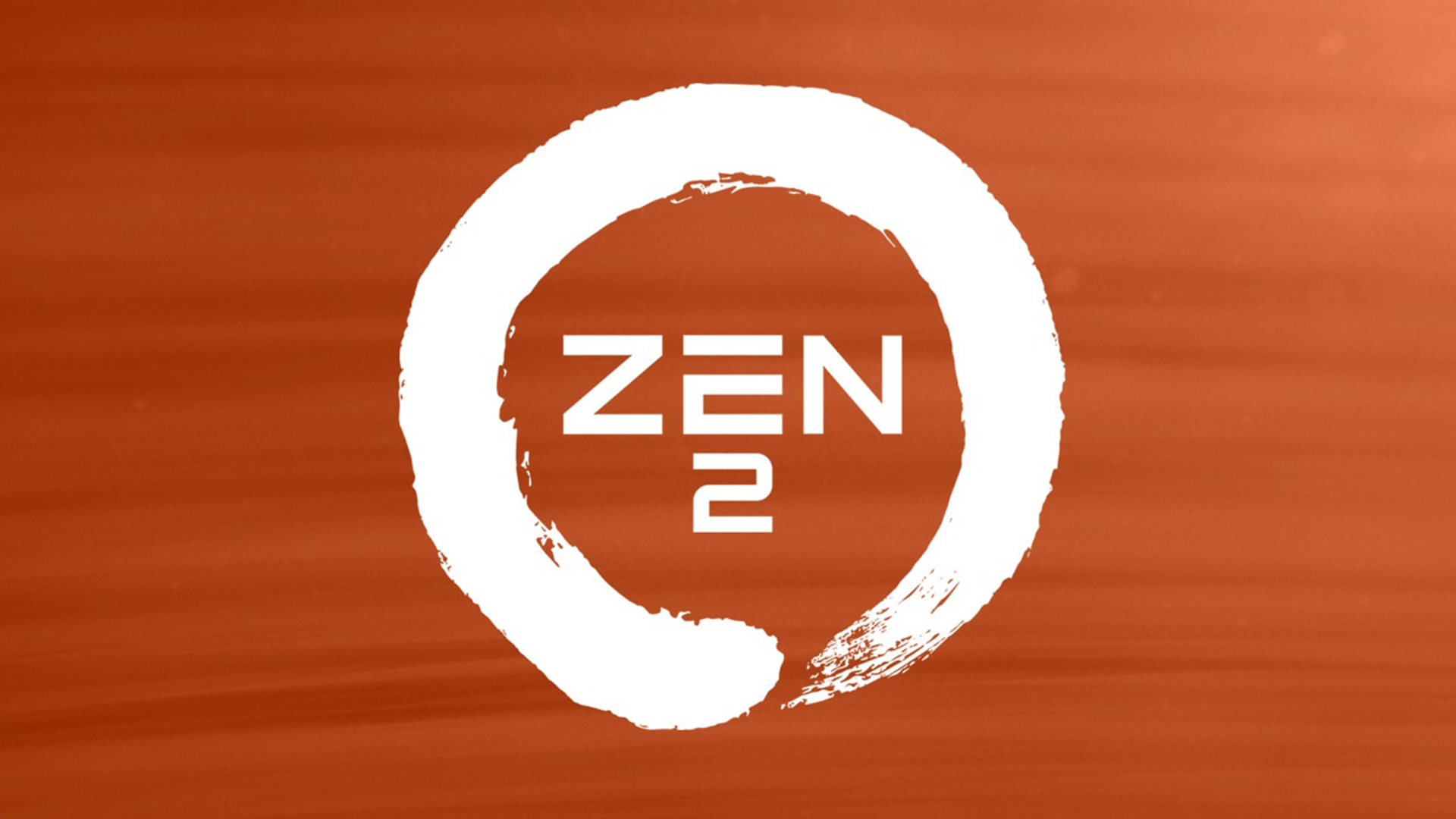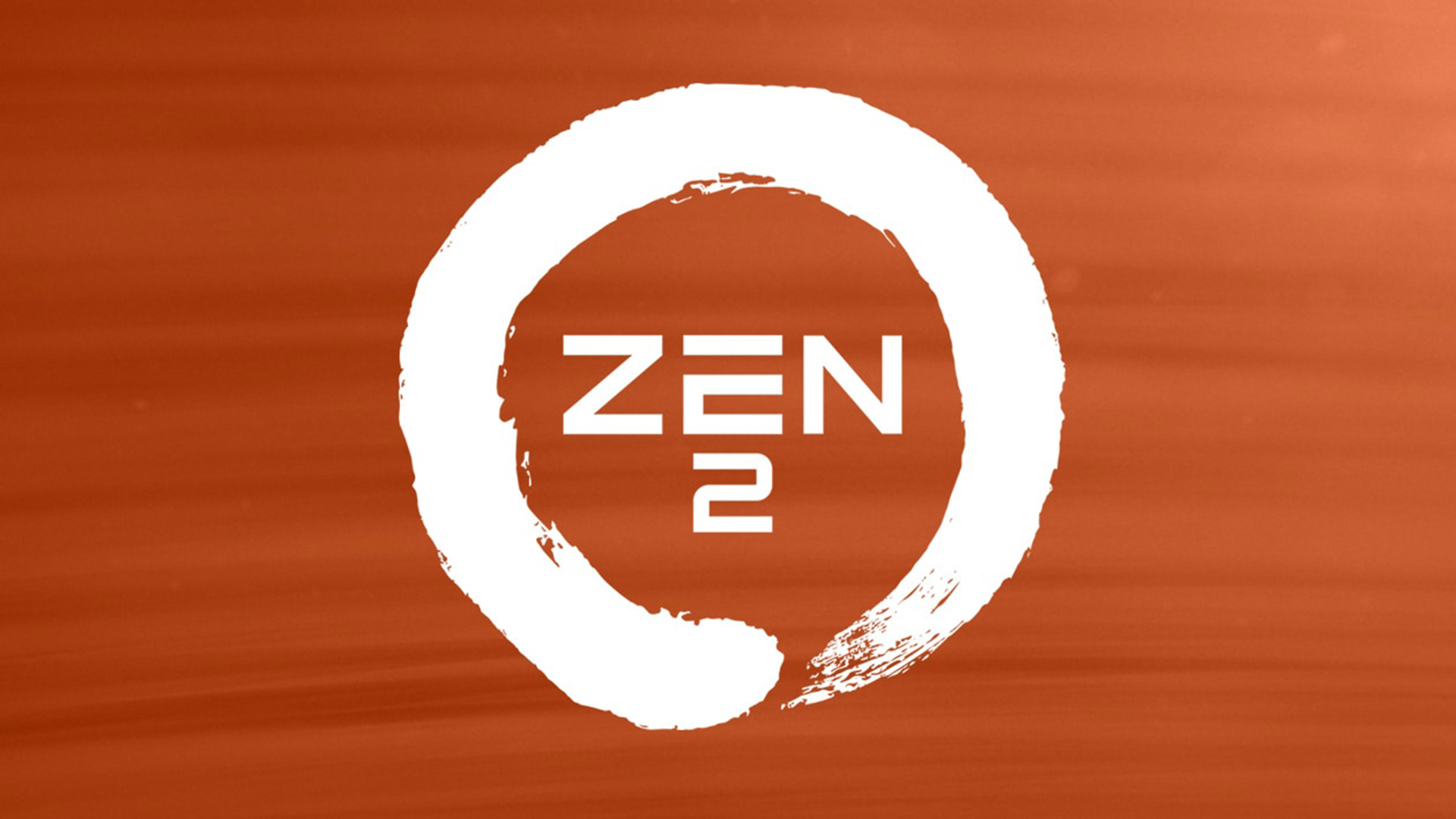

After Lisa Hsu's announcement at Computex, there's been a lot of anticipation about what AMD's Zen 2 processors will bring to the table. Here are some of the highlights for the new line set for release on July 7th.
The Ryzen 9 3950x, the new flagship, will have 16 cores and 32 threads, a 64MB L3 cache, and a base frequency of 3.5GHz and a boost clock of 4.7GHz. Its $750 MSRP makes it a tremendous bargain.
The EPYC version, dubbed Rome, will have up to 64 cores and 128 lanes of PCIx4.
The entire lineup also has 24 PCIx 4.0 lanes for I/O, which stands to give AMD yet another advantage over Intel.
The processors are made with two chiplets made with TSMC's 7nm fabrication and an Infinity Fabric chip for I/O manufactured on Global Foundries' 12nm process. The bigger I/O chiplets used for Rome are built using the Global Foundries 14nm process.
While 3rd party benchmarks remain under embargo until the July 7 launch, AMD's Cinebench benchmarks show a slight single-thread performance edge for Ryzen3 over Intel's current lineup. One of the big improvements is in power consumption; AMD is also claiming that Zen2 can deliver the same performance as its predecessor with half the power consumption – if that's even in the ballpark, it could translate to a huge bonus for boost clocks.
Memory architecture
The non-uniform memory architecture of the Zen line was a point of concern when AMD first revealed it, and AMD has been working with Microsoft to address this. In May Microsoft release an update that has two major features to help with this.
The first is thread grouping. Basically, when a process spawns a new thread, the OS will keep that thread on or near the core that other threads from the same process are running on. That way threads from a single process are likely to be located within the same core group, minimizing overhead for communication between threads.
To address the fact that this can lead to a hot spot where a few cores are doing a lot of work, another feature called thread expansion spreads threads to more distant cores. This addresses the thermal issue at the expensive of higher communication latency and in the case of EPYC more memory latency also.
AMD has been using a hybrid of these techniques, but is now shifting to a more grouped focus, keeping threads from a given process withing the same core group until it's at capacity before moving threads to other core groups, accepting a higher power density in order to deliver more performance.
Zen2 can also ramp is clock speed in 25MHz increments, with each increment requiring only around one or two milliseconds, rather than 100 MHz increments in around 30 milliseconds for its predecessor.
Improved security
The new architecture also includes fixes to prevent Translation Lookaside Buffer exploits like Meltdown and Spectre, improving security.
AMD also has some improvements for its virtual machine implementation. AMD's hypervisor can, like Intel's, control what hardware resources VMs running on it have access to, including ensuring that a VM specced out for a demanding application has access to enough cores, bandwidth, and memory to do its job, while a less demanding VM retains enough resources to do its job, but can't take resources away from the higher priority one. Though these features may not sound all that impressive since Intel already offers them, Intel only offers them in its high end (and high priced) Xeon Scalable processors, while AMD is enabling them through the entire Zen2 lineup.
Along with this new processor lineup, AMD has launched a new chipset, which will be available in several upcoming premium motherboards. While Zen2 will work in existing motherboards, to get PCIx4 you'll have to get a new motherboard. The first GPUs to support PCIx4 will be AMD's own Navi line, the PCIx4 GPUs to come to market.
AMD planned its roadmap to remain competitive with Intel and has been doing an excellent job of it. That in itself isn't a big surprise; AMD has done it before, and it did a great job with the Zen and Zen+ architectures. The big surprise this time around is that Intel slipped; the highly competitive 10nm processor that AMD thought it would have to compete with this fall isn't coming, which took everyone by surprise.
It does however give AMD an opportunity to make a big grab at market share across the line. AMD isn't altering its roadmap in response to Intel's delays, it's moving forward as planned, with a Zen3 planned and on track for 2020, and a Zen4 already in the design phase.
Last year was a big year for AMD. This year is going to be even bigger.
Tags: Technology


Comments